Category: Eating and Cooking 食・料理
-
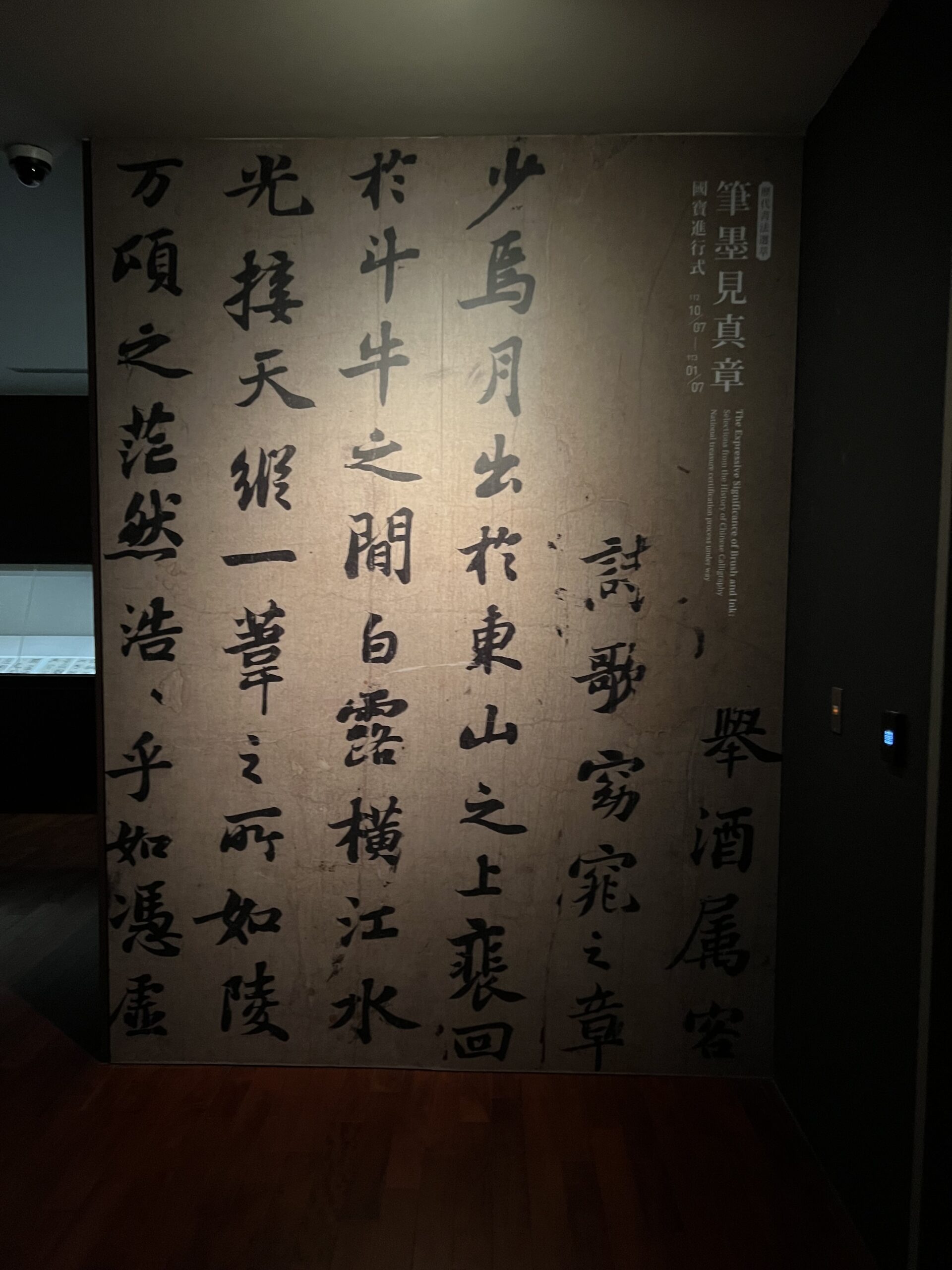
Visiting Taipei and the National Palace Museum / 台北の故宮博物院を訪れて
日本文はフォートラベルのほうをどうぞ。 I visited Taipei last week. It was the first time I went abroad in four years, as the coronavirus pandemic beginning in 2020 had prevented people from getting in and out of borders. Since the border opened this year, I wanted to travel somewhere overseas. I chose Taiwan for this trip because I wanted…
-
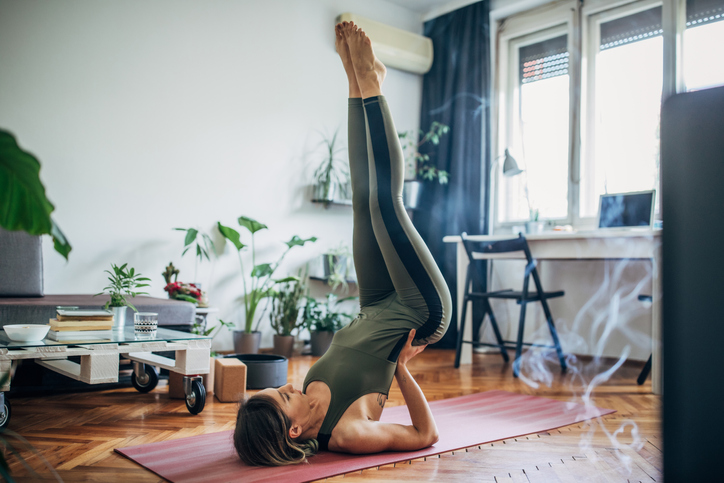
Changes of the world from COVID-19 / アフターコロナでどう変わる?
日本文が後ろに続きます。 COVID-19 is dreadfully spreading throughout the world, hospitalizing more than 3,100,000 people and taking the lives of more than 200,000 patients as of April 29, according to Johns Hopkins University. It is no exceptions here in Tokyo. The virus is forcing all people in the world to change their lifestyles. Many have been grounded…
-

Visiting United States military bases in Japan
Visiting US military bases is fun for me. The US Army, US Navy, US Air Force and US Marine Corps use 75 facilities within Japan and Okinawa, 51 of which are dedicated and the rest 24 shared with Japan Self Defense Force. Though those facilities are usually closed to civilians, they are open to residents…
-
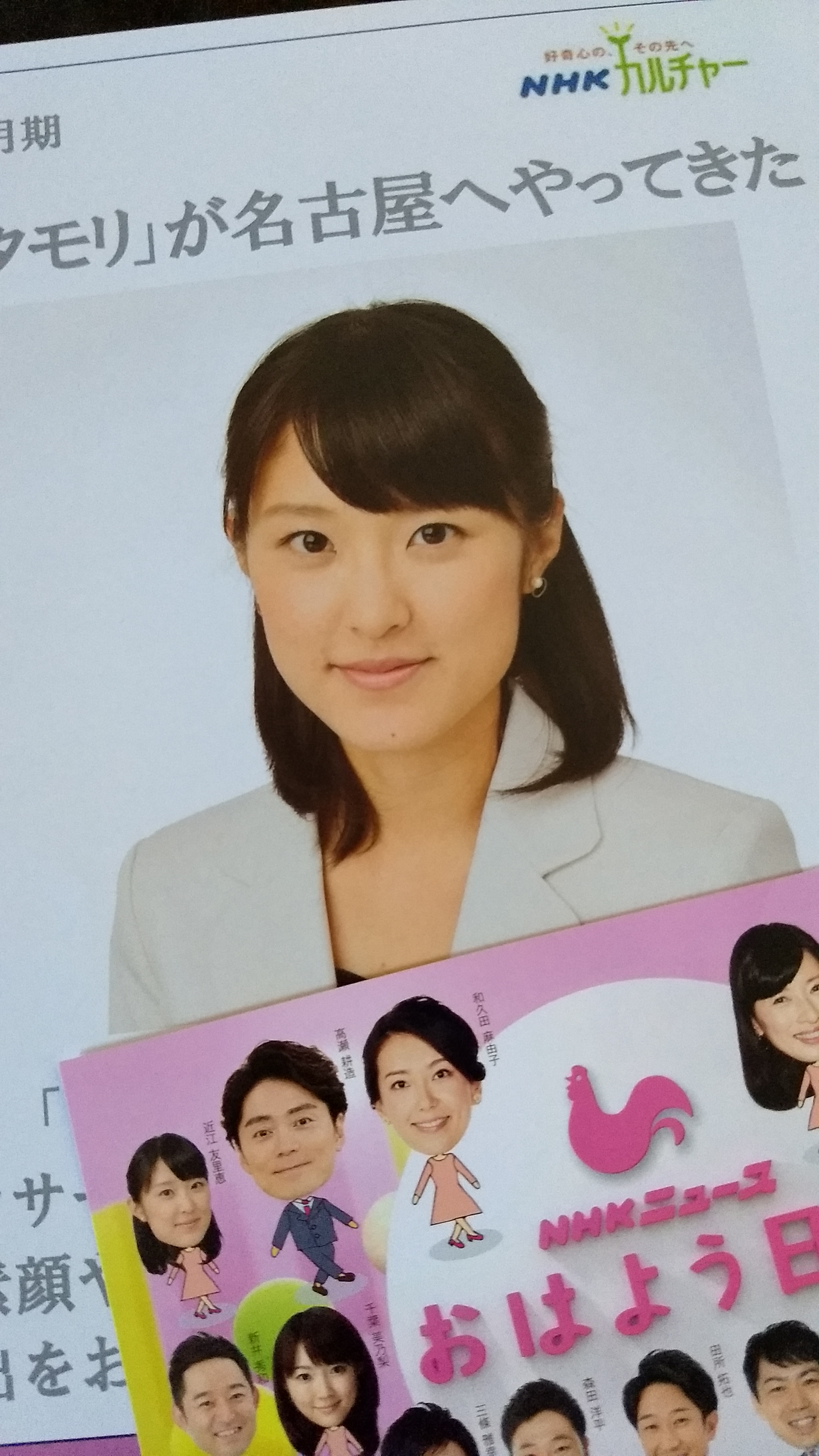
近江友里恵さんのこと
NHKのアナウンサーの近江友里恵さんのファンです。といっても今年のお正月に実家に帰省していたときにたまたま「ブラタモリ」をTVで見て初めて知ったんですが。「ブラタモリ」自体、桑子真帆アナウンサーがアシスタントをしていた時代に一度見たきりで、それまでほとんど見たことなかったのですが、このときは、昼に「伊勢」「横浜」の回の再放送をやっていて、さらに夜には「鶴瓶の家族に乾杯」とのコラボレーションスペシャルで成田山に行っていた回の放送があって、そこに出ていたアシスタントの近江アナウンサーがなんかいい味を出していて、注目するようになりました。
-

Yurie Omi
According to Wikipedia, “Yurie Omi (born July 27, 1988) is a Japanese female announcer, television reporter, television personality, and news anchor for NHK. Omi is one of the hosts of NHK morning news show NHK News Ohayō Nippon. She is also the co-host of NHK television series Bura Tamori aired from April 2016.” I’ve been…
-
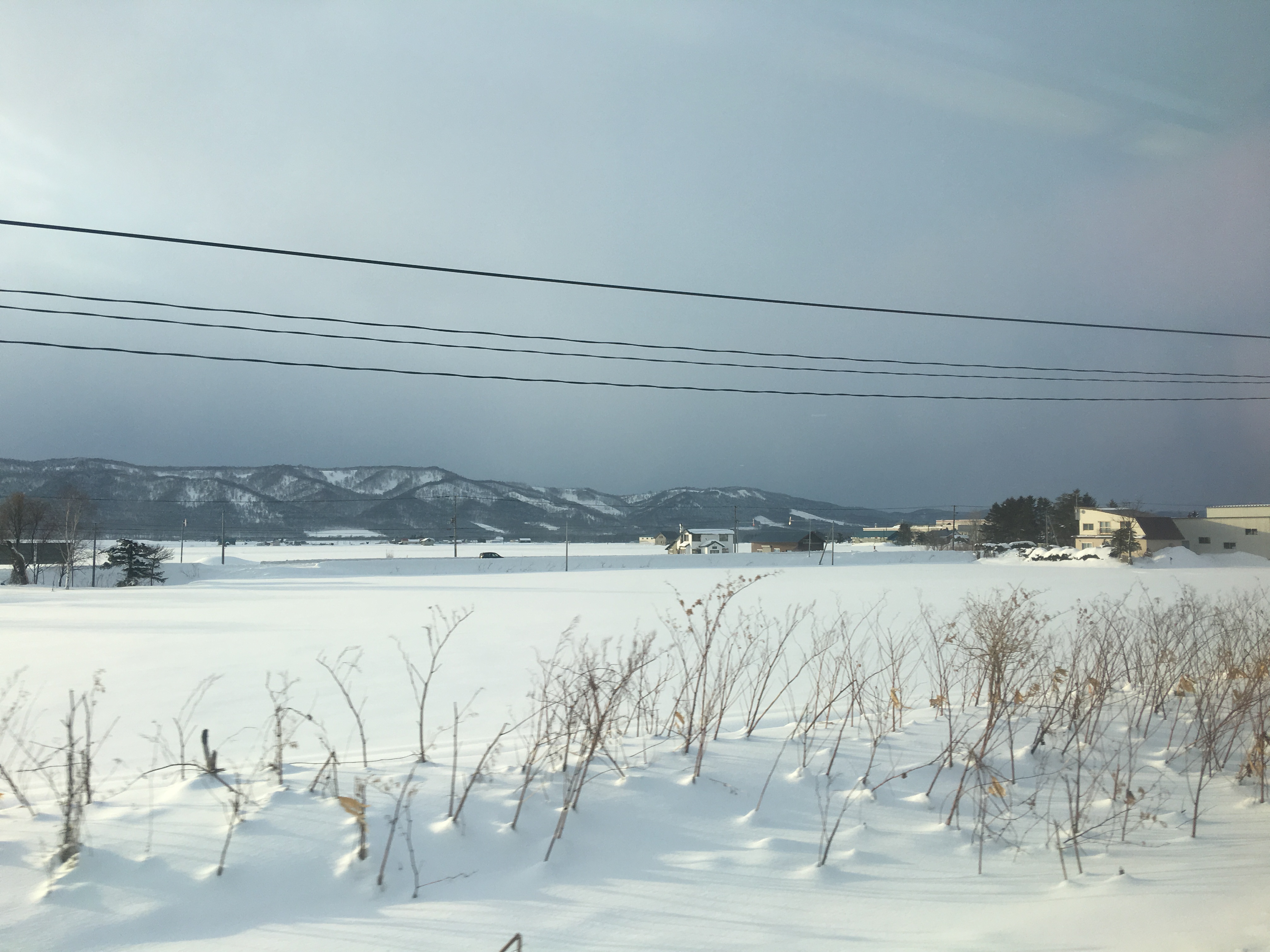
Japan’s northernmost end / 日本のさいはてへ
日本文はフォートラベルに転載しました。 https://4travel.jp/travelogue/11321411 Though it was almost half a year ago, I visited Wakkanai, the northernmost end of Hokkaido. Since it was the beginning of January this year, it was extremely cold outside with plenty of snow and the streets were very slippery. Wakkanai is deeply related to Russia, since this city is just 40 kilometers…
-
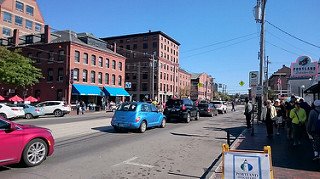
Visiting Maine / 回転木馬とロブスター
日本文が後ろに続きます。 I think it’s too late to write this entry, but I visited Portland and Boothbay Harbor, Maine in this September. I watched a musical play Carousel at Kokugakuin Tochigi High School performed by its musical club a few weeks before. Carousel is a musical that features a love story of a young girl and a barker in…
-
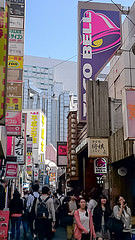
Taco Bell in Japan / タコベルがとうとう日本に!
日本文が後ろに続きます。 Today I went to Taco Bell at Shibuya, which had opened last Tuesday as Japan’s first Taco Bell store and hundreds of people had waited in the queue for more than two hours in front of the store on the first day only. Today there was a long queue, too. A staff member standing…
-
ロンドン散歩
(ハワース散策からの続きです) 3日目の朝、雨の降る中、B&Bをチェックアウトしました。 平日なので蒸気機関車はやっておらず、B&Bの奥さんがロードン・ロードにある最寄りのバス停まで連れて行ってくれ、そこでキースリー行きのバスを待つようにと言ってくれました。 バスを待っていると、年配のご婦人が話しかけてきて、どこまで行くのかと尋ねられたので、「ロンドンまでです」と答えると、もう1人のご婦人が話に加わり、バスがくるまでの間、3人でお話してました。